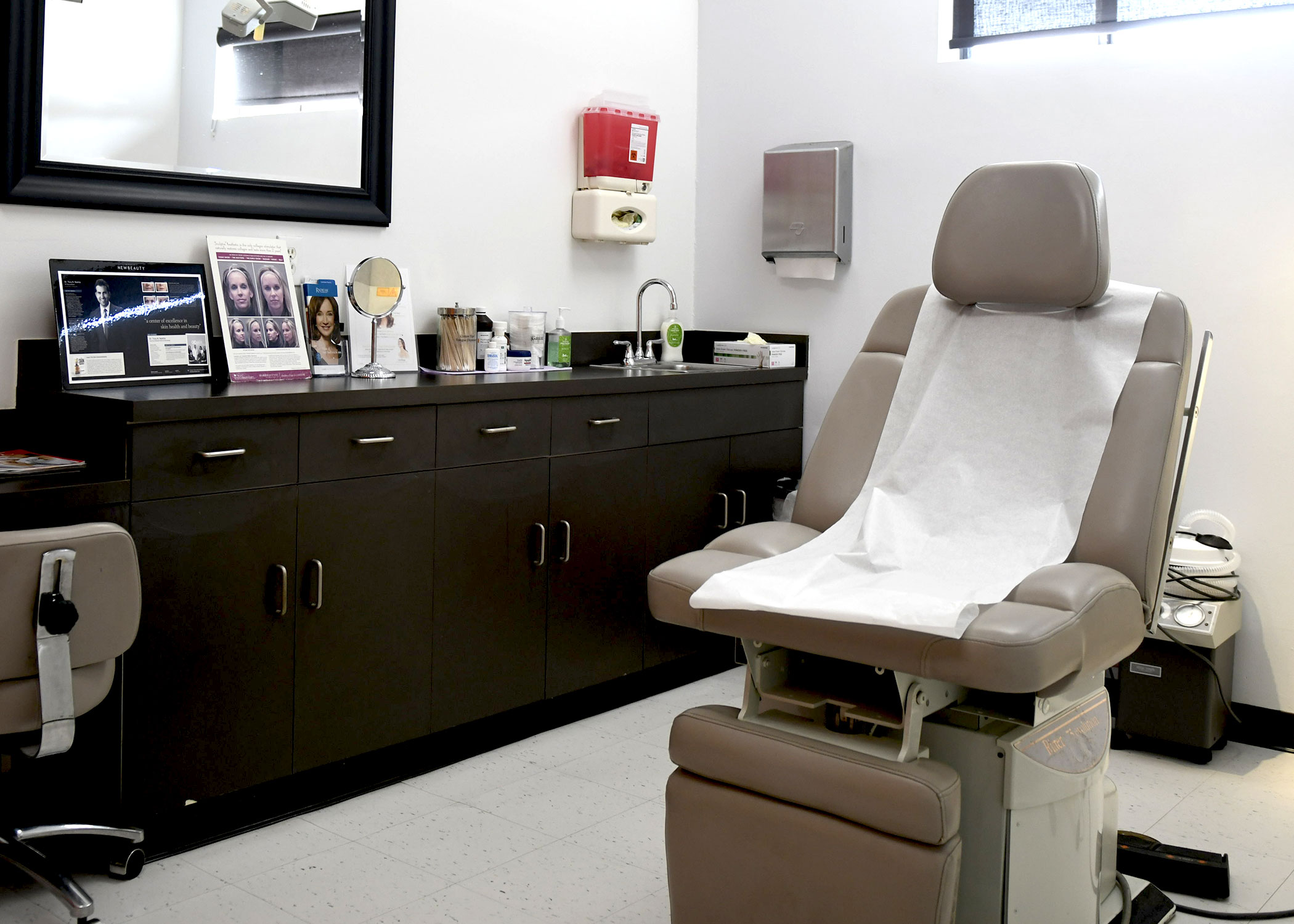Moles, also known as “nevi” in medical terms, are a type of a benign skin growth that vary in color from tan, brown or black. The lesions might also appear pink, red or purple if containing blood vessels. They typically measure under six millimeters in diameter, have regular rounded edges and are often raised with a roughened texture. If someone has a family history of cancer, numerous moles, or lesions exhibiting questionable characteristics, a dermatologist may recommend mole mapping or mole removal.
Mole Mapping
Mapping involves photographing lesions using a high-resolution digital camera. The images are then entered into computer software as part of a patient's medical history. In the event that someone displays a large number of moles, a professional medical photographer captures a full-body photograph. Every six to 12 months, additional photographs of the lesion or lesions are taken and compared for physical changes. Noninvasive and safe, the image records are archived as a means of detecting malignancies early.
Mole Removal
Benign skin growths may appear unsightly, catch on clothing, or become irritated by continual contact with clothing. Under these circumstances, individuals may seek medical intervention and have the annoying lesion removed. If moles grow larger than six millimeters, itch or bleed, change in color, shape, or size, physicians may suspect malignant development and also recommend removal.
The removal procedure begins with a thorough cleansing of the area. The dermatologist then administers a local anesthetic. A sterile drape may be applied over the region, which exposes only the immediate area around the mole. The physician then uses a scalpel to shave the mole until the lesion is flush with or below the skin level. If removal causes a large, open wound, the practitioner may then either stitch the area closed or cauterize the blood vessels to inhibit bleeding. A topical antibiotic ointment and dressing are then applied.
Post-Op Care
The patient will receive instructions concerning wound care and may need to return for a follow-up appointment. Wound care involves removing the dressing, cleansing the area with water or a diluted hydrogen peroxide solution. Antibiotic ointment and a dressing are then reapplied. The care continues once or twice a day until the site heals completely.


